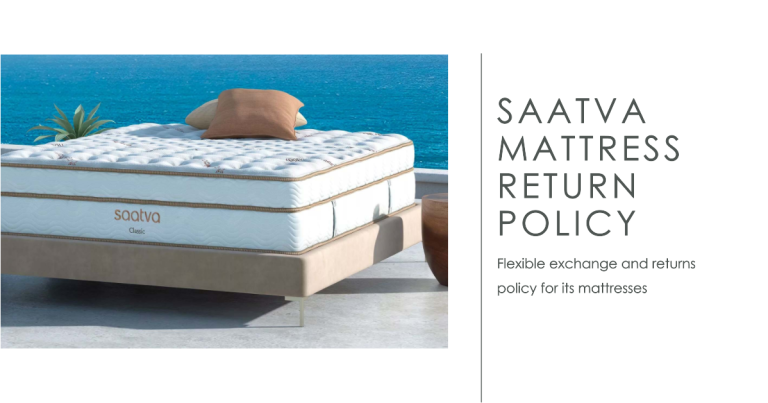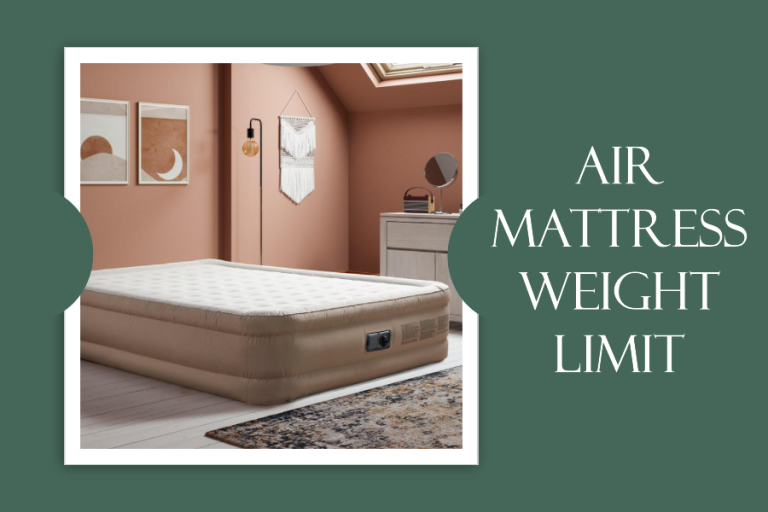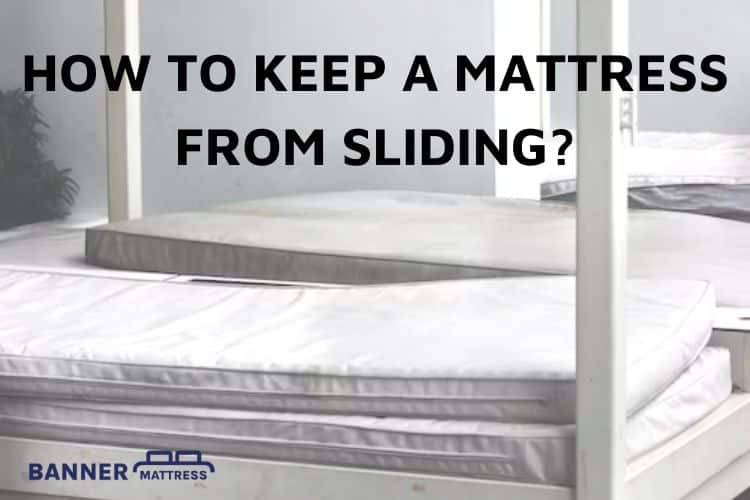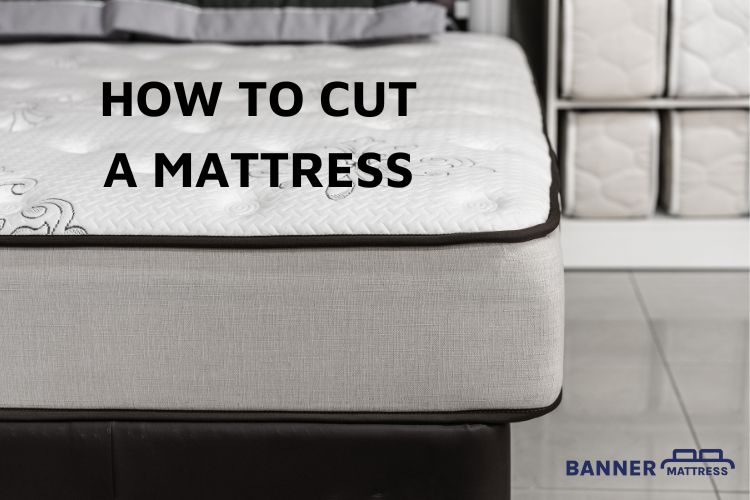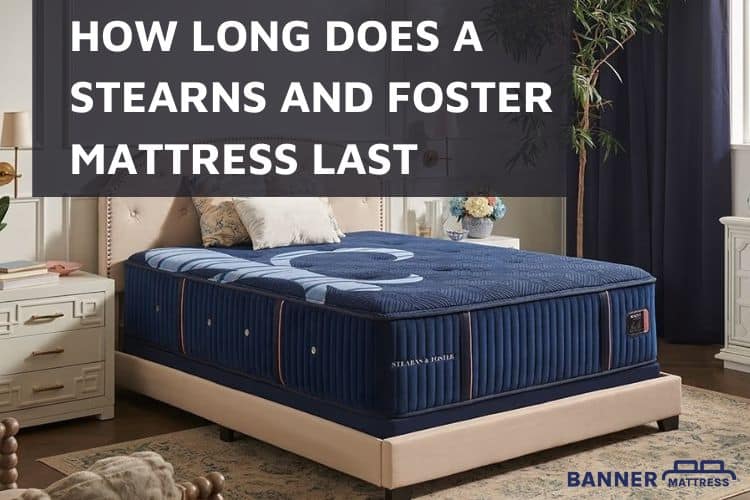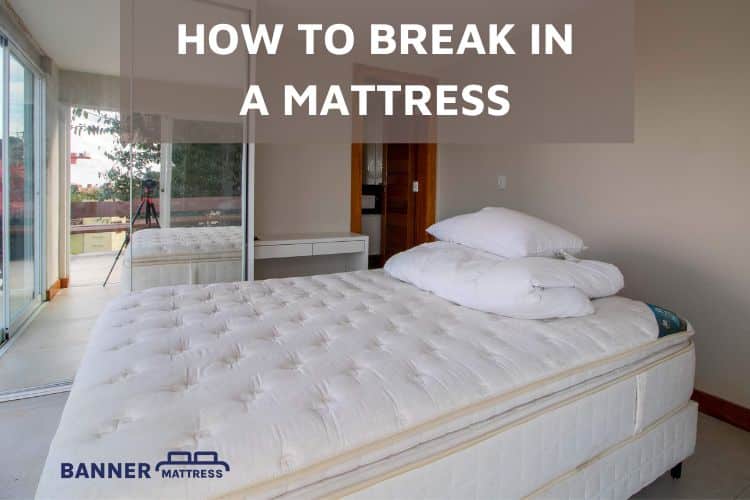Cotton, polyester, cashmere, and more have been so familiar to us that most people don’t even bat an eye when mattresses made from these materials are mentioned.
But Tempur is another story. Rarer, more expensive, and premium quality, yet how long do Tempurpedic mattresses last with that price tag? What are the pros and cons? Or when should you replace them for better performance? These are just a few of the many questions that we are going to address in this article.
How Long Do Tempur-Pedic Mattresses Last?
According to the experts, higher quality Tempur-Pedic lasts eight to ten years for a rough calculation. Meanwhile, lesser-quality ones survive for five to eight years.
There is no fixed estimation or number regarding the life expectancy of an average Tempur mattress. Rather, it depends on several factors, such as your maintenance methods or the money spent to establish a quality premium bed.
Another great rule to gauge its life expectancies is to inspect the warranty policy issued by the brand. Most Tempurpedic products (mattresses, pillows, etc.) arrive with a five years warranty. Thus, any issue occurring within this period will get taken care of properly.
An average Tempurpedic base has a 25-year warranty policy, while mattress toppers enjoy around 10 years. So you don’t have to throw all of them whenever the mattress gets replaced!
What Models Of Mattresses Does Tempurpedic Make?
To determine the longevity of a Tempur-Pedic mattress, first, you need to know the number of types, models, and construction to make Tempur mattresses. Check out them in detail below:
Models Of Tempurpedic Mattresses
The primary product line comprises six models. Each model will have its own features that are convenient for customers in choosing their perfect model. Please refer to the summary table below to gain a quick overview of the mattress types and current average market costs:
| Models | Firmness | Type | Cost |
| TEMPUR-Cloud | Medium 5 | All foam | $1999 |
| TEMPUR-Adapt | Medium 5 | Hybrid, all foam | $2199 |
| TEMPUR Pro Adapt | Soft 2-3 Medium 5 Firm 7-8 | Hybrid, all foam | $2999 |
| TEMPUR Luxe Adapt | Soft 2-3 Firm 7-8 | All foam | $3699 |
| TEMPUR Pro Breeze | Medium 5 | Hybrid, all foam | $3999 |
| TEMPUR Luxe Breeze | Soft 2-3 Firm 7-8 | All foam | $4699 |
Though there are inevitable differences in the design and materials – which has a major say in their performance and intended firmness levels – all six models share the same structure and basic features.
Tempur-Pedic Mattresses Construction
Tempurpedic refuses to release detailed specifics regarding the mattress construction, but users can at least expect these criteria:
- Covers: Most Tempurpedic covers prioritize breathability to maintain cool textures and feel for the sleeping surface. Certain models even have machine-washable, removable covers to foster easier cleaning.
- Comfort Layers: An average comfort layer includes memory TEMPUR foam, whose firmness is divided into TEMPUR-CM+, TEMPUR-APR, TEMPUR-ES, and TEMPUR (from highest to lowest levels).
Note: You will usually spot an extra layer of foam to add more contouring below these comfort layers, preventing you from sinking too deep against the core.
- Support Cores: All-foam mattresses from Tempurpedic have polyfoam cores supporting the sleeping surfaces. Hybrid models even incorporate coil cores for better edge support, breathability, and bounces.
How To Know If My Tempurpedic Mattress Needs Replacing?
There are some signals to replace your Tempur mattress.
You should expect to buy new mattresses when the old one reaches its 6-8 years benchmark. Nevertheless, this replacement timing might arrive even sooner. You will know it by these signs down below:
Feeling Sore When Wake Up
When you wake up every day feeling new pain and backache, that’s a clear signal that the functions of your mattress are no longer working. There might also be discomfort in the hips, lower back, shoulders, and necks – resulting from the bed no longer having enough support.
Your mattresses haven’t thoroughly broken down at this point; they have just started showing some signals. But you’d better seek replacements before your soreness and body tightness worsen over time.
Insomnia
Check whether sleeping troubles have plagued you in recent months. Despite the lack of noticeable pains, this issue might stem from a degrading mattress.
The best way to confirm that is to sleep on another bed for 2-3 nights. If your sleep experience significantly improves, you should probably start finding new mattresses.
Sleep and physical health are also linked to each other. If insomnia shows up more often than you would like – and disappear after you change to a new bed – the mattress is clearly the culprit!
Visible Wears
When you can see the tear and wear on the bed with your naked eyes, we suggest saying goodbye to your current mattresses immediately. Such types of tear and wear signals include:
- Stains
- Holes
- Ripping
- Visible tears
- Deep or lumpy indentations
- Shifting/failing foam
- Springs that keep poking your back
- The stuck-out foundation
- Other damages
Raised Body Temperature
Suppose you often get hot or sweat all over on the bed, despite never having problems with temperature regulation before. As a result, your Tempurpedic mattresses are breaking down.
Get rid of your perspiration as soon as possible – the more you try to keep them, the more softened your materials will become, restricting the surface’s airflow.
The room is kept unusually cold or hot also contributes to the mattress’ unexpectedly fast wear-out. While all-foam mattresses are quite sensitive to temperature exposure, most people tend to forget this.
Read more: How Long Do Memory Foam Mattresses Last
Can You Flip A Tempurpedic Mattress?
You can not flip a Tempur-Pedic mattress.
The answer is no. Every Tempurpedic cushion enjoys a one-sided, patented design, meaning it is not made for turning, rotating, or flipping. Every time after usage, the material is supposed to retain its initial shape without your interference.
Some readers report a common assumption that the mattress needs flipping every once in a while to avoid sagging. However, that is not true for Tempurpedic mattresses, according to the manufacturers we have contacted for confirmation.
You can still rotate the cushion every year or six months if preferred, sure, but it’s totally unnecessary. Whether the mattress sags or not does relate to the flipping frequencies, but rather the support quality underneath the layers.
Read more: Do You Know When To Replace A Mattress
Conclusion
This article has exceeded all your expectations by answering the lifespan of a Tempur mattress and more. All relevant tips regarding its usage and replacement signals are well discussed, ensuring no important information slides through your fingertips!
One can be content with regular mattresses if their budgets are moderate. But for those with a more generous financial condition, trying your hands on a Tempur product is a golden opportunity you should not skip. After a short period, your sleeping experience will elevate to another entirely new level!
Do you still have lingering concerns or uncertainties about Tempur-Pedic mattresses? Here is a short comparison for your reference.
FAQs
Generally speaking, a more costly higher-quality Tempurpedic mattress will last 8 to 10 years, whereas a cheaper, lower-quality one would last 5-8 years. In general, a Tempurpedic mattress has to be replaced after six years of use.
This mattress has some drawbacks such as this is unsuitable for hot sleepers, having tricky warranties, producing off-gassing VOC and it has an expensive price. In compensation, the foam has received CertiPUR-US certifications, posing no toxic chemicals that can compromise your health.
Tempurpedic mattresses are made with high-quality materials, including their unique TEMPUR foam. Moreover, according to Tempur, only their memory foam mattresses have been approved by the US Space Foundation, demonstrating the exceptional quality and comfort of their memory foam.




